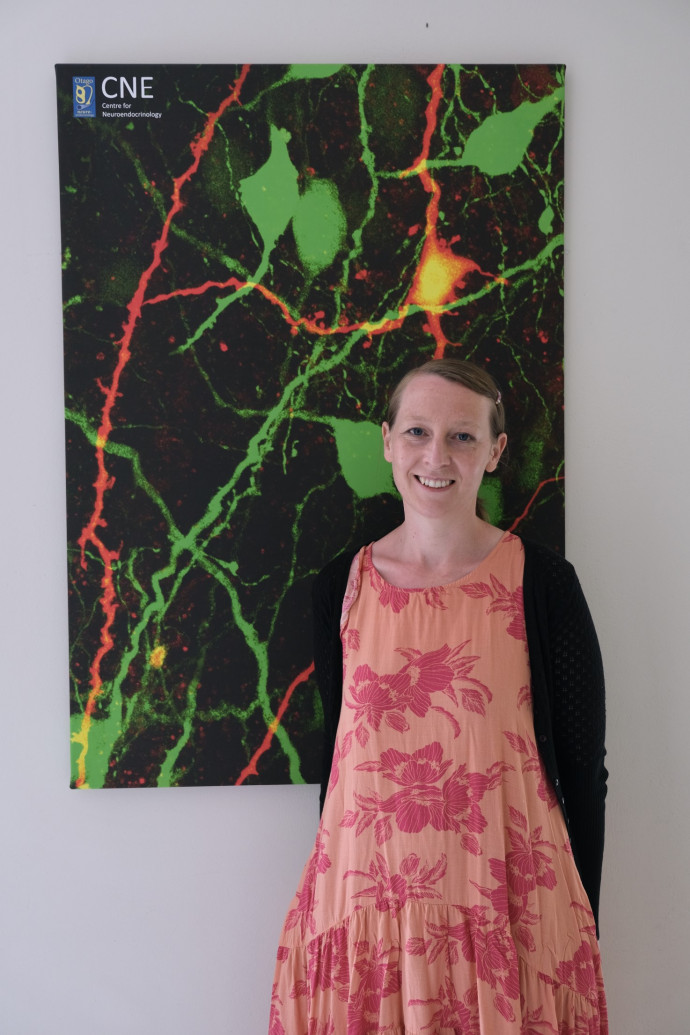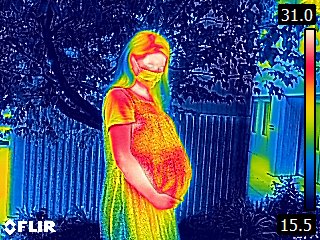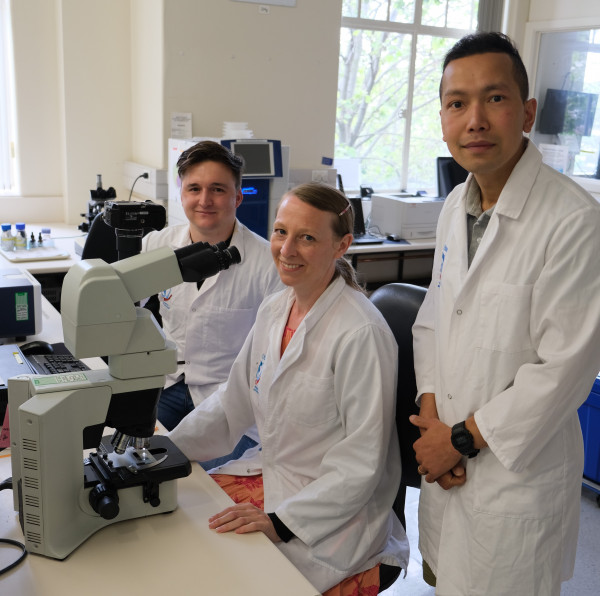Cooling for two: The neurons keeping people cool during pregnancy

Dr Sharon Ladyman from the University of Otago will investigate if warm-sensitive neurons regulate core body temperature during pregnancy
Published on 3 Whiringa-ā-rangi November 2021
If you have ever been pregnant in summer, you will likely appreciate that pregnant people need a way to cool down. We know that pregnancy increases core body temperature, due to hormonal changes and increased metabolic load as pregnancy advances. Since increases in body temperature can be detrimental to foetal development, there must be a way to offset this rising heat, but the mechanism in the body which does this has not been identified yet.

Pregnancy Thermal Image. Image: supplied
An area of the brain involved in reducing core body temperature has only recently been discovered which could provide some insight. These warm-sensitive neurons are stimulated by increases in environmental temperature, and in turn cause a rapid reduction in core body temperature. However, how warm-sensitive neurons regulate core body temperature in normal physiological contexts has yet to be determined.
Dr Sharon Ladyman and her team have recently made the exciting discovery that a proportion of these warm-sensitive neurons have receptors for the pregnancy hormone prolactin. The team have been awarded a Marsden Fund Standard grant to investigate whether prolactin can make warm-sensitive neurons more sensitive in their response to raising body temperature during pregnancy. They will study this effect in mice to investigate the consequences for the health of the pregnancy and subsequent milk production. This work will provide novel insight into regulation of core body temperature and demonstrate a key physiological function of these recently identified warm-sensitive neurons. The results of this study may have important implications, such as sustaining healthy pregnancy and good levels of milk production in warmer climates.

Dr Ladyman and team. Image: supplied
